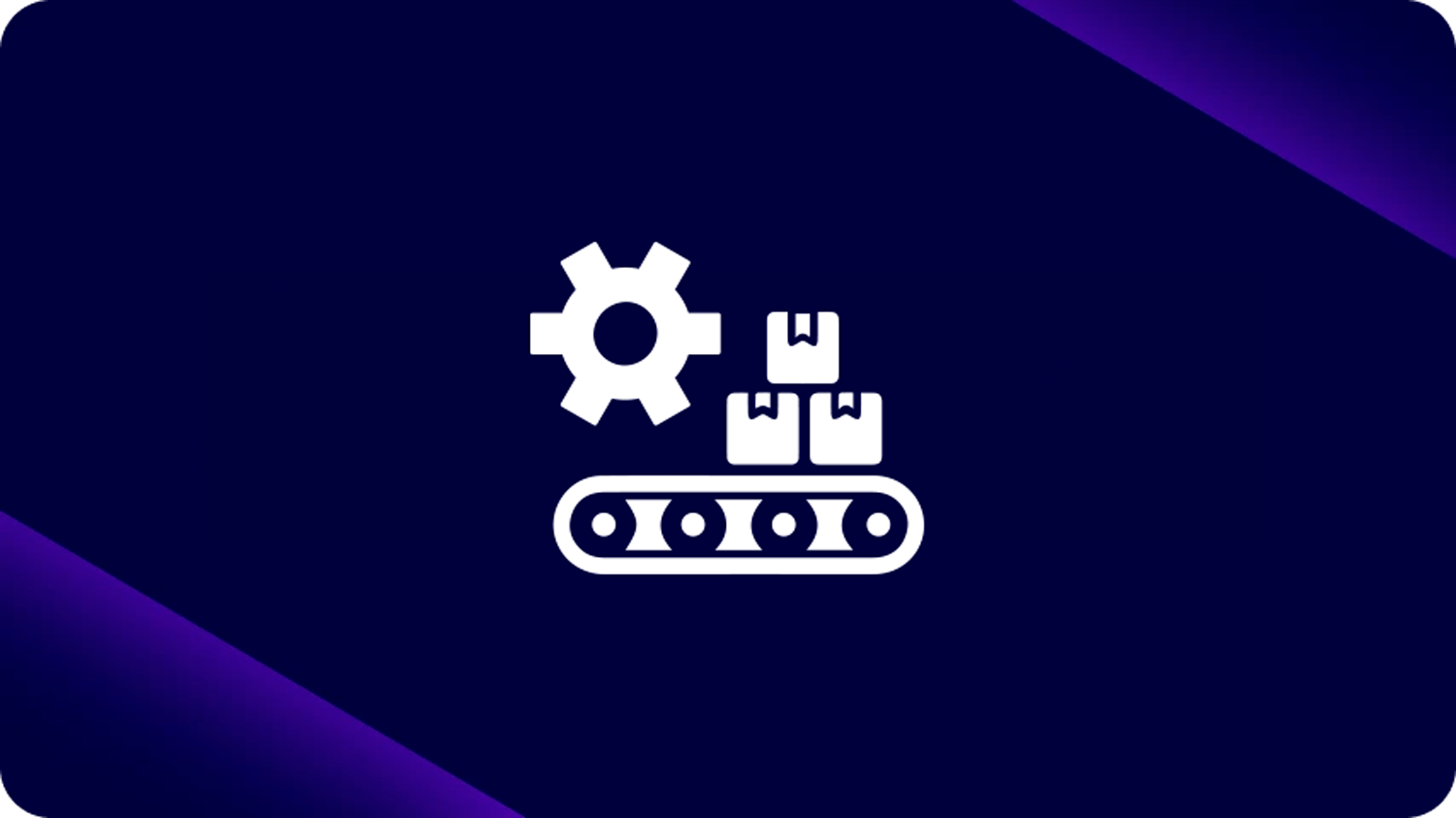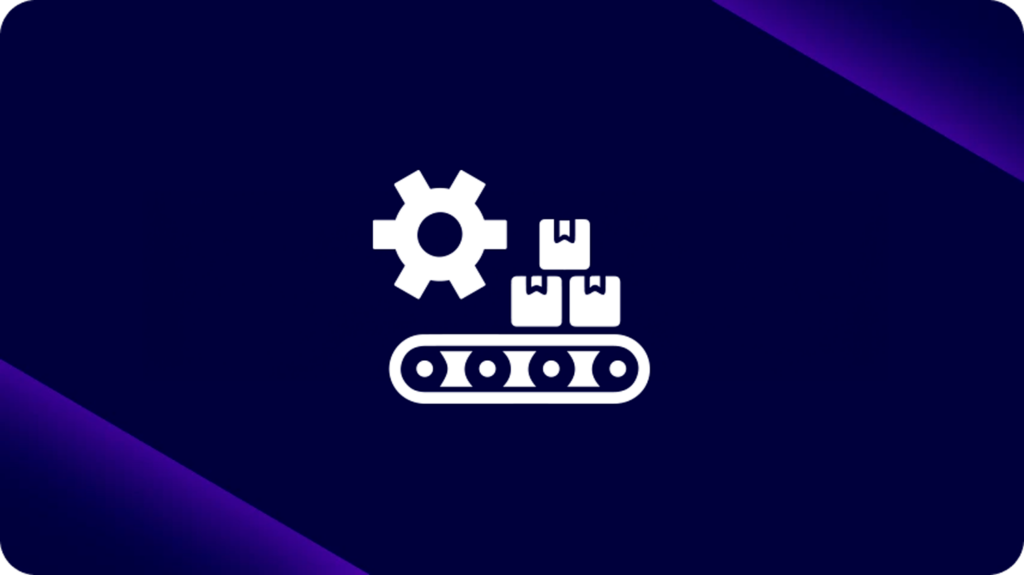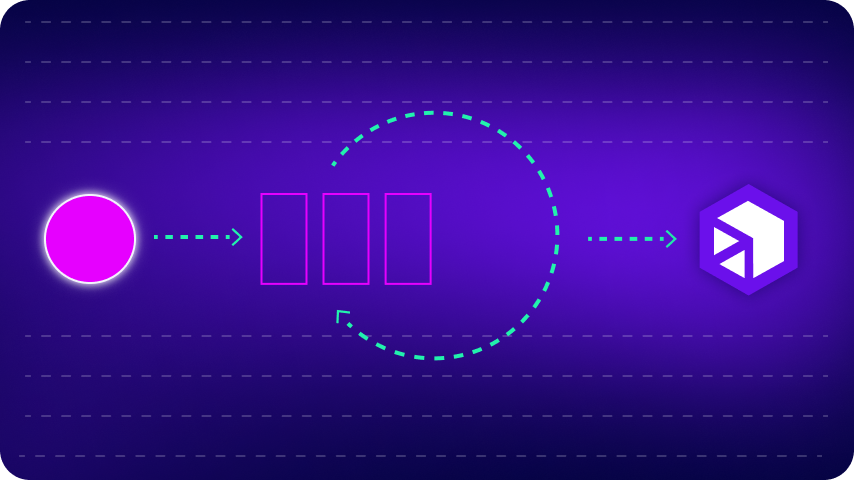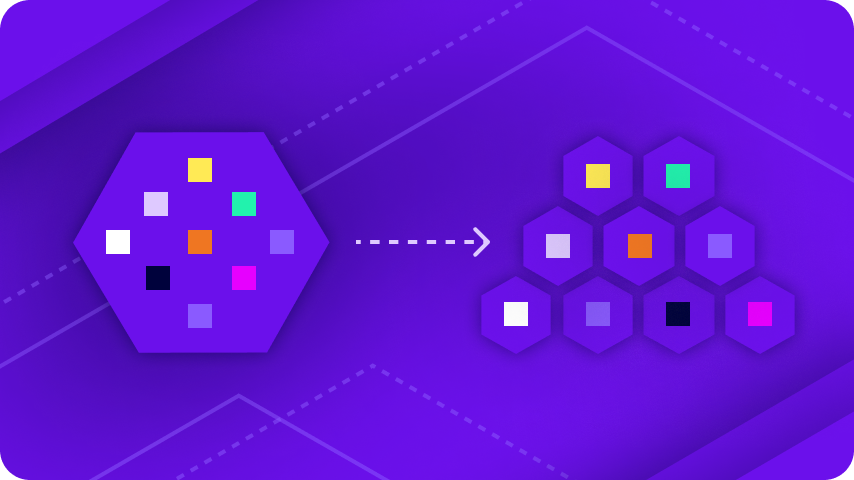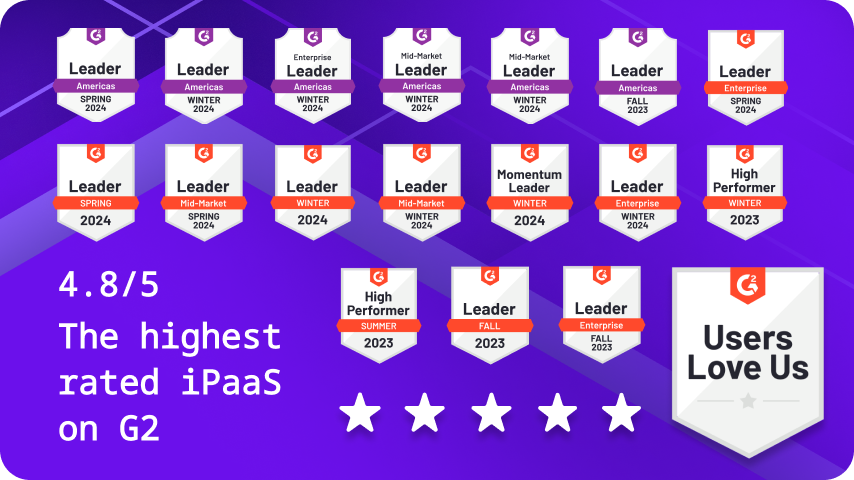
A gestão de estoques hospitalares é um desafio constante para instituições de saúde que precisam garantir a disponibilidade de insumos e medicamentos essenciais sem comprometer o orçamento ou ocupar espaço físico desnecessário.
No entanto, quando essa equação não fecha, o risco é alto: a falta de materiais críticos pode colocar vidas em perigo, atrasar procedimentos e gerar caos operacional.
Situações de estoque crítico hospitalar não são apenas inconvenientes, pois representam um risco real para a segurança do paciente e impactam diretamente a qualidade do atendimento. Por outro lado, o excesso de estoque também é problemático: aumenta os custos com armazenagem, dificulta o controle de validade de produtos e imobiliza capital que poderia ser investido em outras áreas.
Nesse contexto, a integração logística na saúde surge como uma solução estratégica. Ao conectar sistemas, operadores logísticos e ferramentas de business intelligence, as instituições de saúde podem automatizar processos, antecipar rupturas e transformar a gestão de estoques em um diferencial competitivo.
>> Agende uma demonstração personalizada com nossa equipe de especialistas e veja como o iPaaS da Digibee trará eficiência à sua organização de Saúde.

O desafio da gestão de estoques na Saúde
A gestão de estoque hospitalar exige precisão, agilidade e previsibilidade. No entanto, muitas instituições ainda operam com processos manuais ou com sistemas que não se comunicam entre si.
A área clínica identifica a necessidade de insumos, mas essa informação muitas vezes não é repassada de forma estruturada para as equipes de compras e logística. O resultado? Reações tardias, compras emergenciais e riscos evitáveis.
Sistemas desconectados, como ERPs hospitalares que não se integram diretamente com fornecedores ou operadores logísticos, tornam todo o processo mais lento e propenso a falhas.
Mesmo quando um hospital utiliza sistemas robustos como o Tasy, a ausência de interoperabilidade entre plataformas pode comprometer o fluxo da informação e impedir que decisões sejam tomadas em tempo hábil. O consumo de determinados insumos pode variar drasticamente, dependendo de fatores como sazonalidade, surtos de doenças ou aumento repentino de cirurgias.
Se não houver uma camada de integração inteligente entre os sistemas, o hospital continuará operando de forma reativa, correndo atrás dos problemas em vez de preveni-los.
>> Leia também: Como a integração com operadoras reduz glosas e aumenta a eficiência financeira dos hospitais
Por que a integração logística é a solução
A integração logística na saúde, por meio de plataformas iPaaS como a Digibee, permite criar conexões seguras e em tempo real entre os diversos sistemas utilizados na operação hospitalar.
Isso inclui o sistema Tasy, fornecedores, operadores logísticos, plataformas de BI e até dispositivos IoT que monitoram consumo de materiais em tempo real.
Imagine um cenário em que a plataforma identifica automaticamente quando um insumo está prestes a atingir um nível crítico. Um alerta é disparado para o time de compras, e uma requisição de compra é automaticamente enviada ao fornecedor, já com todos os dados validados, como centro de custo, quantidade necessária e prazo de entrega. Tudo isso com validação de SLA e rastreabilidade completa.
Além disso, a integração permite visibilidade centralizada. O time de suprimentos pode acessar um painel unificado com status de pedidos, níveis de estoque por centro de custo, SLAs de entrega e alertas automáticos.
Esse tipo de automação reduz falhas humanas, agiliza decisões e garante que os insumos certos estejam disponíveis no momento certo.
>> Leia também: O dilema das integrações e o novo caminho para conectar sistemas e gerar valor
Benefícios diretos da integração
A adoção de uma solução de integração logística traz ganhos concretos e mensuráveis para os hospitais. Entre os principais benefícios estão:
1. Redução de faltas de insumos e materiais críticos
Com alertas automáticos e visibilidade em tempo real, a equipe consegue agir antes que o estoque se esgote, reduzindo drasticamente as situações de ruptura.
2. Menor risco clínico por falhas logísticas
A falta de materiais pode atrasar cirurgias, comprometer tratamentos e colocar pacientes em risco. A integração reduz esse risco ao garantir abastecimento contínuo e controlado.
3. Otimização do espaço físico de armazenagem
Com controle mais preciso de consumo e reposição automatizada, o hospital evita o excesso de materiais, liberando espaço físico para outras finalidades.
4. Economia com compras planejadas
Compras emergenciais geralmente têm custo maior e envolvem processos mais complexos. Com a automação, o hospital pode negociar melhor e comprar com base em dados históricos e projeções.
5. Visibilidade e previsibilidade para tomadas de decisão
Dashboards gerenciais permitem analisar padrões de consumo, identificar gargalos logísticos e antecipar demandas. Isso apoia tanto o time de operações quanto a liderança estratégica.
>> Leia também: Como a integração garante segurança de dados no setor de Saúde
A importância da interoperabilidade e do uso inteligente dos dados
No coração de uma integração logística eficaz na saúde está a interoperabilidade — a capacidade de diferentes sistemas, tecnologias e aplicações trocarem dados entre si de maneira fluida, segura e confiável.
Em ambientes hospitalares, onde convivem soluções distintas como ERPs, sistemas de prescrição médica, prontuários eletrônicos, plataformas de compras e soluções logísticas de terceiros, essa troca contínua de informações é essencial para manter a operação coesa e responsiva.
Sem interoperabilidade, dados como consumo de materiais, entradas e saídas de estoque, prazos de validade e necessidades específicas de diferentes áreas clínicas permanecem isolados. Essa fragmentação cria pontos cegos que impedem decisões informadas e rápidas.
Por exemplo: um sistema de compras pode não saber que determinado insumo está prestes a faltar na UTI porque a informação de consumo está restrita ao sistema clínico. Essa desconexão pode resultar em atrasos críticos, aumento de custos ou até riscos à vida dos pacientes.
Além disso, o uso inteligente dos dados permite que os hospitais deixem de operar de forma reativa para adotar uma postura proativa e preditiva. Com dados integrados e atualizados em tempo real, é possível identificar padrões de consumo, prever picos de demanda e ajustar os níveis de estoque automaticamente.
Isso só é possível quando os dados circulam livremente entre sistemas — e, mais importante, quando são organizados e tratados de forma estruturada por meio de uma plataforma de integração robusta como a Digibee.
Outro ponto-chave é a qualidade e governança dos dados. Com a interoperabilidade viabilizada por uma solução iPaaS, é possível garantir que as informações compartilhadas entre sistemas estejam normalizadas (ex: nomenclatura de itens padronizada), validadas (evitando erros de digitação ou duplicidade) e registradas com rastreabilidade total.
Isso contribui não apenas para a eficiência operacional, mas também para a conformidade com normas como a LGPD e regulamentos específicos da saúde.
>> Leia também: Como resolver os principais problemas de integração de sistemas do setor de Saúde
Exemplo prático (caso de uso)
A interoperabilidade, portanto, não é apenas um requisito técnico, mas um diferencial estratégico que transforma a gestão hospitalar. Ela permite decisões mais rápidas, operações mais enxutas e, principalmente, cuidados mais seguros e contínuos aos pacientes.
Vamos considerar um hospital de médio porte que utiliza o sistema Tasy como seu ERP principal. A instituição tem dificuldades recorrentes com o reabastecimento de materiais cirúrgicos e medicamentos de alto custo, especialmente em períodos de alta demanda.
Ao implementar a plataforma da Digibee, o hospital conecta o Tasy ao seu operador logístico e à central de compras. A integração permite:
- Monitorar o consumo por centro de custo, em tempo real, dentro do Tasy.
- Disparar alertas automáticos quando o estoque atinge um limite mínimo definido.
- Gerar solicitações de compra automaticamente, com base em parâmetros pré-estabelecidos.
- Validar pedidos com regras de negócio específicas, como limite de orçamento e SLA de entrega.
- Acompanhar, por meio de um painel visual, o status de cada pedido, desde a requisição até a entrega.
Essa automação pode reduzir em 40% as compras emergenciais no primeiro trimestre de uso, melhorar o cumprimento de prazos de entrega e eliminar os casos de suspensão de cirurgias por falta de material. Além disso, a previsibilidade permite renegociar contratos com fornecedores e reduzir custos logísticos.
Como a Digibee viabiliza isso
A Digibee é uma plataforma de integração como serviço (iPaaS) que permite conectar sistemas legados e modernos com rapidez, segurança e baixo esforço técnico. Isso significa que, mesmo que o hospital trabalhe com aplicações antigas ou ERPs complexos como o Tasy, a Digibee consegue estabelecer conexões sem a necessidade de grandes projetos de TI.
Conectividade com qualquer sistema
A Digibee possui conectores prontos para ERPs hospitalares, operadores logísticos e APIs modernas. Também é possível integrar com sistemas próprios via banco de dados, filas, webservices e outros protocolos.
Governança e rastreabilidade por design
Toda a jornada da informação é monitorada. É possível auditar o caminho de cada requisição de compra, validar prazos e gerar relatórios de performance por fornecedor, tipo de material ou centro de custo.
Implantação rápida com baixo esforço
Graças à abordagem low-code e visual da Digibee, os fluxos de integração podem ser criados e ajustados rapidamente, sem depender de longos ciclos de desenvolvimento. Isso reduz o tempo de ROI e libera a equipe de TI para projetos mais estratégicos.
Baixa dependência de fornecedores externos
Como a Digibee permite que o próprio time interno crie e mantenha integrações, o hospital reduz a dependência de fornecedores e parceiros de tecnologia. Isso significa mais agilidade, mais controle e menos custo.
Veja uma demonstração da Digibee
A gestão de estoques hospitalares é um dos pilares da operação de saúde eficiente e segura. Quando faltam insumos, o atendimento é comprometido; quando sobram, o desperdício afeta o orçamento.
Encontrar esse equilíbrio exige tecnologia e, principalmente, integração.
A integração logística na saúde, viabilizada pela Digibee, permite conectar sistemas, automatizar processos e garantir que o hospital tenha total visibilidade e controle sobre seus estoques. O resultado é um ambiente mais seguro para o paciente, mais eficiente para os profissionais e mais sustentável financeiramente para a instituição.
Se sua instituição enfrenta desafios com estoque crítico hospitalar, automação de compras ou integração com o sistema Tasy, é hora de dar o próximo passo com a Digibee.
>> Agende uma demonstração personalizada com nossa equipe de especialistas e veja como o iPaaS da Digibee trará eficiência à sua organização de Saúde.








